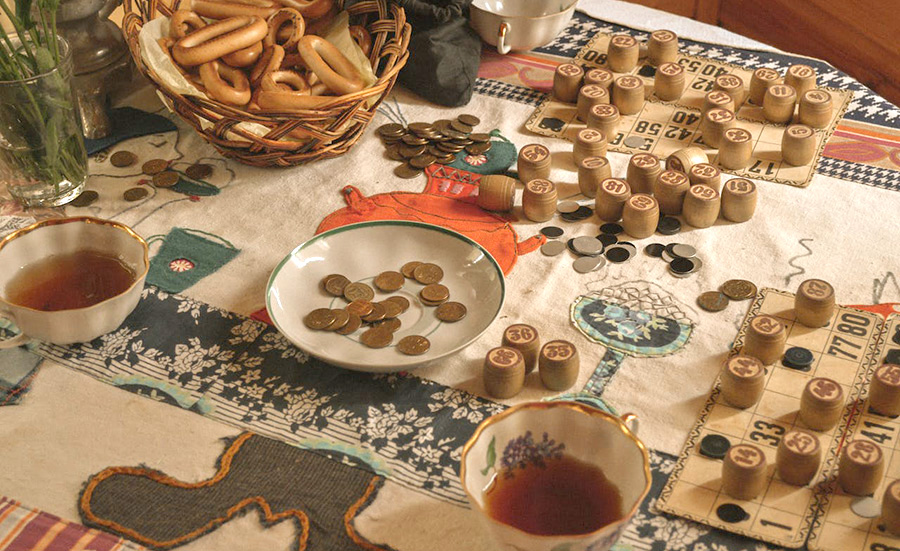The game of bingo, called Housey-Housey in the times gone by, became popular in the UK following the Betting and Gaming Act of 1960. As a piece of physical retro gaming, it continues to drive troves of people toward its speciality – a probabilistic gameplay where speed matters.
British Bingo is the 90-ball version (as compared to the American 75-ball one). It’s a relaxed game, albeit faster, when compared to its American counterpart, which tends to get pretty hot and competitive. With Italian roots way back in the 16th century, it’s essentially a lottery turned into a competitive and fierce game that can be enjoyed over a cup of tea. Today, we’re going to unpack and celebrate the legacy of this amazing game, and see if you can’t dabble in it as well!
How is Bingo Played?
Bingo, often regarded as a classic pastime, is a game that’s as simple as it is engaging. It’s like a timeless dance, where players daub numbers and call out “bingo!” with enthusiasm. So, how exactly is bingo played?
Think of bingo as a social event, often held in community centres, bingo halls, or even online. The game begins with players purchasing bingo cards or tickets, which contain a grid of numbers. These numbers are randomly generated and displayed in rows and columns.
Now, don’t get us wrong here—You don’t need a full physical setup and friends to play it out. Bingo can be enjoyed in many forms, which includes online and even on a smartphone with the best bingo app, which adds to its diverse nature in which it can be played.
The Rules & Gameplay
In the traditional game, a caller, often referred to as the “bingo caller,” announces numbers one by one. Players mark the called numbers on their cards using a dauber, which is like a marker, or by simply crossing them out if they are playing online. The goal is to complete a specific pattern on their card, which could be a line, a full row, a full column, or even more complex patterns, depending on the variant being played.
The excitement builds as players eagerly wait for the next number to be called. When a player successfully marks off all the numbers required to form the designated pattern on their card, they shout “Bingo!” to signal their win. Many players will use this is a form of release and make it a bit of a show when they call it out.
The game is paused momentarily to confirm the winning card and ensure that the player has marked off the numbers correctly. Once verified, the winner is announced, and the game proceeds with a new round. Bingo is all about celebrating those winning moments, much like dancing to your favourite song at a party. If you’d like more information, then Britannica has a nifty guide to the game.

The Social Aspect
What truly sets bingo apart is its social element. It’s not just about the numbers; it’s about the camaraderie and the thrill of the game. In many bingo halls and online chat rooms, players can interact, share stories, and celebrate each other’s wins. It’s this sense of community that makes bingo more than just a game – it’s a delightful social experience. The truly remarkable thing about bingo is the sheer size of the game. Did you know that it’s a £1566 million industry? That’s nearly equivalent to Google-parent Alphabet’s market capitalisation! In the world of bingo, you daub, you dance, and you shout “bingo!” It’s a game that brings people together, transcending generations and offering moments of pure joy and excitement.

